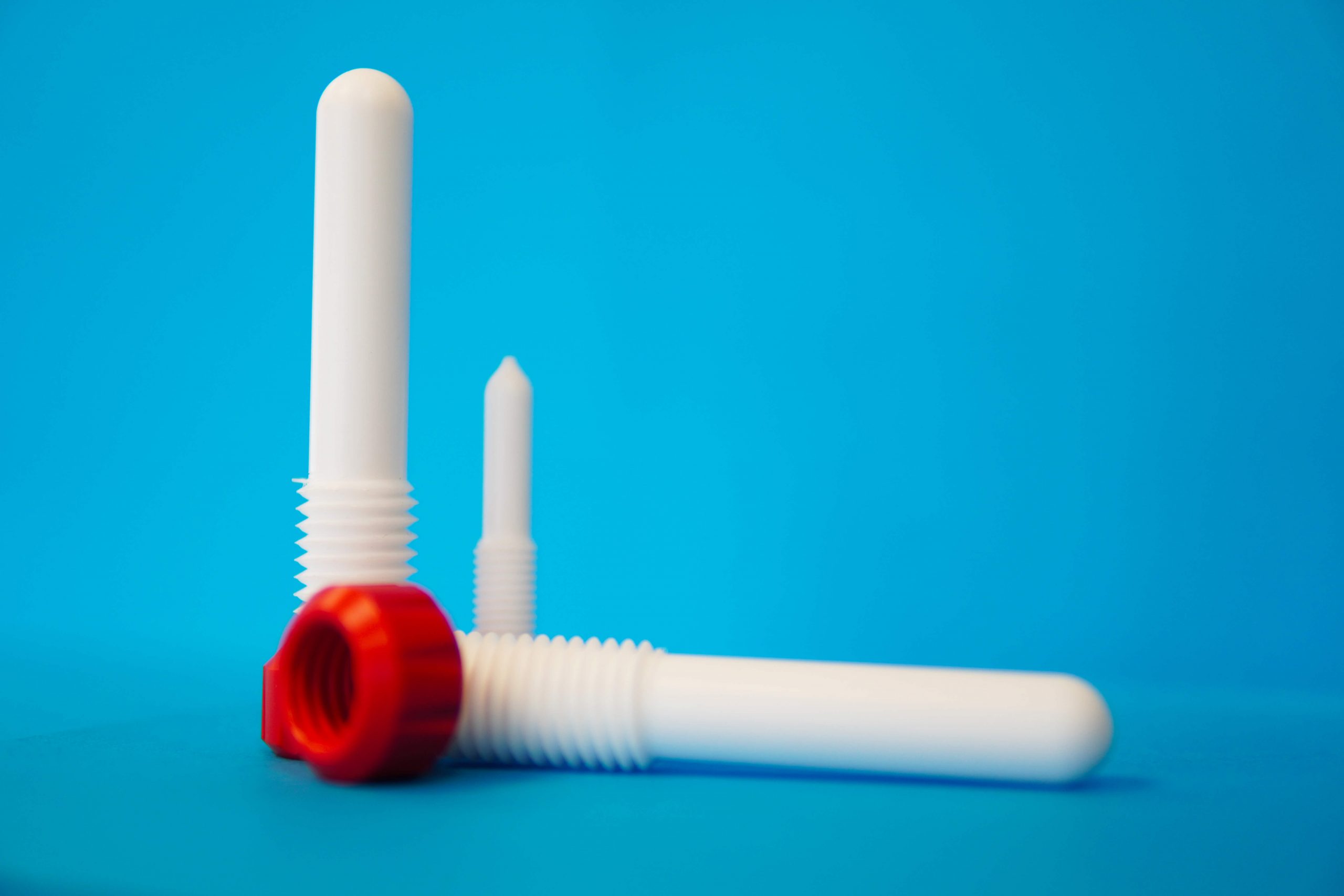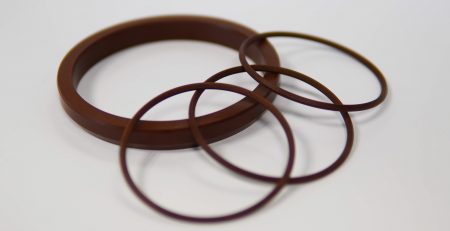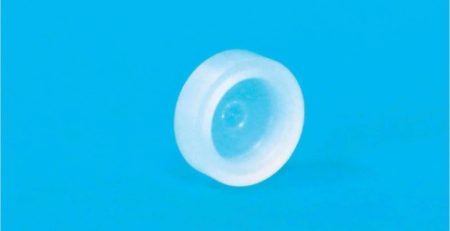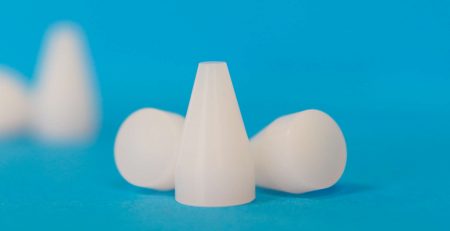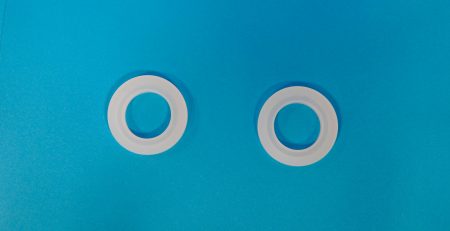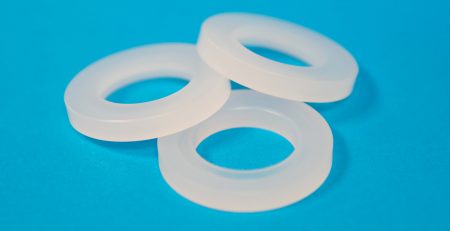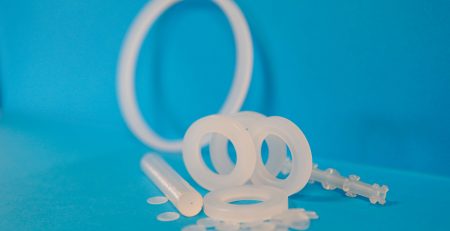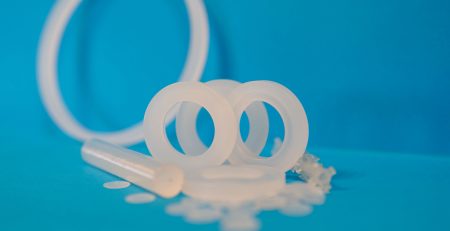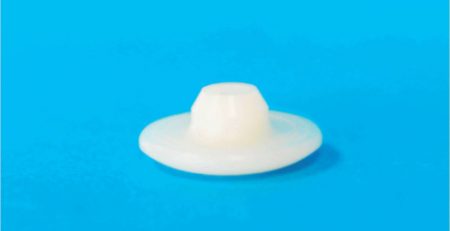PTFE Injection
Most plastic components are produced by injection molding. This production process allows the component manufacturer to produce complex geometries at low unit cost. Polymer injection molding is the most widely used production process for plastic components.
Unfortunately, PTFE cannot be injected because it has a high viscosity when in a liquid state, i.e. this material will not slide on a surface when in a liquid state. This problem is one of the major drawbacks of PTFE, especially when it comes to large volumes. Under these conditions, manufacturers are turning to other fluorinated polymers that can be injected.
Polytetrafluoroethylene can therefore only be transformed by cold compression molding (sintering) or extrusion. These processes result in excellent quality products but the processing costs are higher.
So why choose PTFE?
PTFE has several outstanding properties at an affordable material cost. For example, it has good chemical resistance to acids, bases, alcohols, ketones and hydrocarbons. This material is also chemically inert and flame retardant. It is one of the least adhesive thermoplastics and is used in kitchen utensils such as cooking pans. It resists efficiently to UV rays and is non-toxic. Its coefficient of friction is particularly low, which allows it to be used for glide pads. PTFE is used in the manufacture of various industrial parts such as plumbing pipes or gun ball casings. In the industrial sector, this polymer is used to manufacture seals, bearings, electrical insulation parts and kitchen utensil coatings.
SPN specializes in fluorinated polymers and produces molded or extruded PTFE components for all types of industrial applications operating in severe and critical environments.


